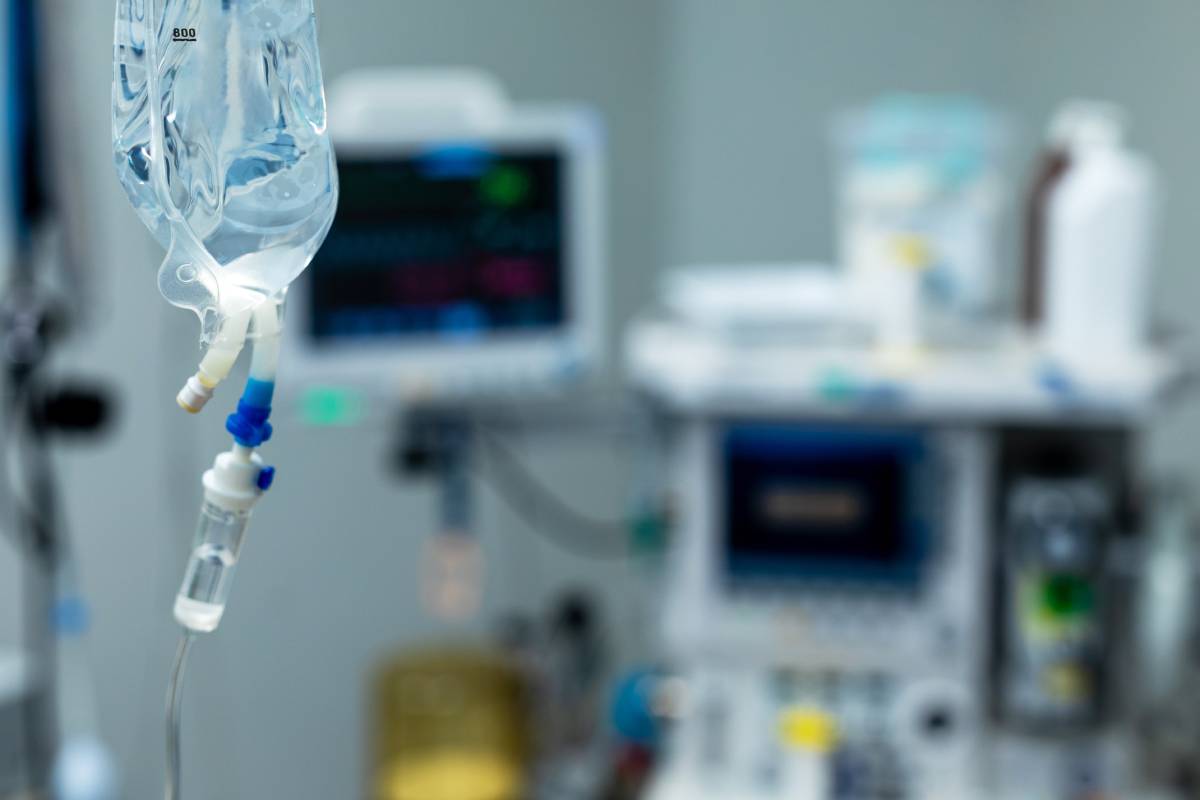The use of antibiotics during surgery is a critical aspect of modern medical practice aimed at preventing surgical site infections (SSIs), which can lead to significant complications if left unchecked. While antibiotics play a key role in safeguarding patient outcomes, the need for them and the timing of their use depend on the type of surgery, the patient’s risk factors, and adherence to evidence-based guidelines.
Surgical site infections occur when bacteria enter the incision site during or after surgery. These infections can range from superficial skin infections to deeper complications involving tissues, organs, or implanted devices. Factors such as the type of surgery, the patient’s immune status, and the sterility of the surgical environment influence the risk of SSIs 1,2.
Antibiotics are a primary preventive measure, working to reduce the risk of infection by eliminating or inhibiting the growth of bacteria that may invade the surgical site. However, not all situations need antibiotics during surgery.
Antibiotics are routinely administered for surgeries classified as “clean-contaminated” or “contaminated.” Clean-contaminated surgeries involve controlled entry into areas like the gastrointestinal, respiratory, or urinary tracts, where bacteria are naturally present. Examples include colorectal surgery, hysterectomy, or lung procedures. Contaminated surgeries, such as those involving trauma or an accidental breach of sterile technique, also necessitate antibiotics 3.
For “clean” surgeries, such as procedures on the skin, bones, or joints that don’t require the opening of a body cavity, antibiotics may not always be required unless implants, such as orthopedic devices, are involved. The use of antibiotics in these cases is determined by the risk of infection and the potential severity of complications.
High-risk patients, including those with diabetes, obesity, or weakened immune systems, may require antibiotics even for lower-risk surgeries to mitigate their elevated infection risk 4,5.
If there is a need for antibiotics during surgery, the timing of antibiotic administration is an important consideration. Prophylactic antibiotics are typically given within one hour before the surgical incision to ensure adequate tissue levels during the procedure—for longer surgeries, additional doses may be required to maintain effective coverage.
The choice of antibiotic depends on the type of surgery and the bacteria most likely to cause infections in that setting. For many surgeries, a first-generation cephalosporin like cefazolin is the drug of choice due to its broad-spectrum coverage and low cost. Alternative antibiotics may be used for patients with allergies or when specific bacterial resistance is a concern 6–8.
While antibiotics are invaluable in preventing infections, unnecessary or inappropriate use can lead to antibiotic resistance, a growing global health crisis. Overuse can also increase the risk of side effects such as allergic reactions or Clostridioides difficile infections, which cause severe diarrhea. Therefore, antibiotics should only be used when supported by clinical guidelines 9.
Antibiotics are only one part of a broader strategy to prevent SSIs. Adherence to strict sterile techniques, proper skin preparation, and maintaining normal body temperature and blood glucose levels during surgery are equally important in minimizing infection risks 10,11.
References
- CDC. Surgical Site Infection Basics. Surgical Site Infections (SSI) https://www.cdc.gov/surgical-site-infections/about/index.html (2024).
- Owens, C. D. & Stoessel, K. Surgical site infections: epidemiology, microbiology and prevention. J Hosp Infect 70 Suppl 2, 3–10 (2008).
- Herman, T. F., Popowicz, P. & Bordoni, B. Wound Classification. in StatPearls (StatPearls Publishing, Treasure Island (FL), 2024).
- Dhole, S., Mahakalkar, C., Kshirsagar, S. & Bhargava, A. Antibiotic Prophylaxis in Surgery: Current Insights and Future Directions for Surgical Site Infection Prevention. Cureus 15, e47858. DOI: 10.7759/cureus.47858
- Salkind, A. R. & Rao, K. C. Antibiotic Prophylaxis to Prevent Surgical Site Infections. afp 83, 585–590 (2011).
- Pinchera, B. et al. Update on the Management of Surgical Site Infections. Antibiotics 11, 1608 (2022). DOI: 10.3390/antibiotics11111608
- Habteweld, H. A. et al. Surgical site infection and antimicrobial prophylaxis prescribing profile, and its determinants among hospitalized patients in Northeast Ethiopia: a hospital based cross-sectional study. Sci Rep 13, 14689 (2023). DOI: 10.1038/s41598-023-41834-7
- Alsaeed, O. M. et al. The Use of Antibiotics for the Prevention of Surgical Site Infections in Two Government Hospitals in Taif, Saudi Arabia: A Retrospective Study. Cureus 14, e26731. DOI: 10.7759/cureus.26731
- Llor, C. & Bjerrum, L. Antimicrobial resistance: risk associated with antibiotic overuse and initiatives to reduce the problem. Ther Adv Drug Saf 5, 229–241 (2014). DOI: 10.1177/2042098614554919
- Chauveaux, D. Preventing surgical-site infections: Measures other than antibiotics. Orthopaedics & Traumatology: Surgery & Research 101, S77–S83 (2015). DOI: 10.1016/j.otsr.2014.07.028
- Seidelman, J. L., Mantyh, C. R. & Anderson, D. J. Surgical Site Infection Prevention: A Review. JAMA 329, 244–252 (2023). DOI: 10.1001/jama.2022.24075
